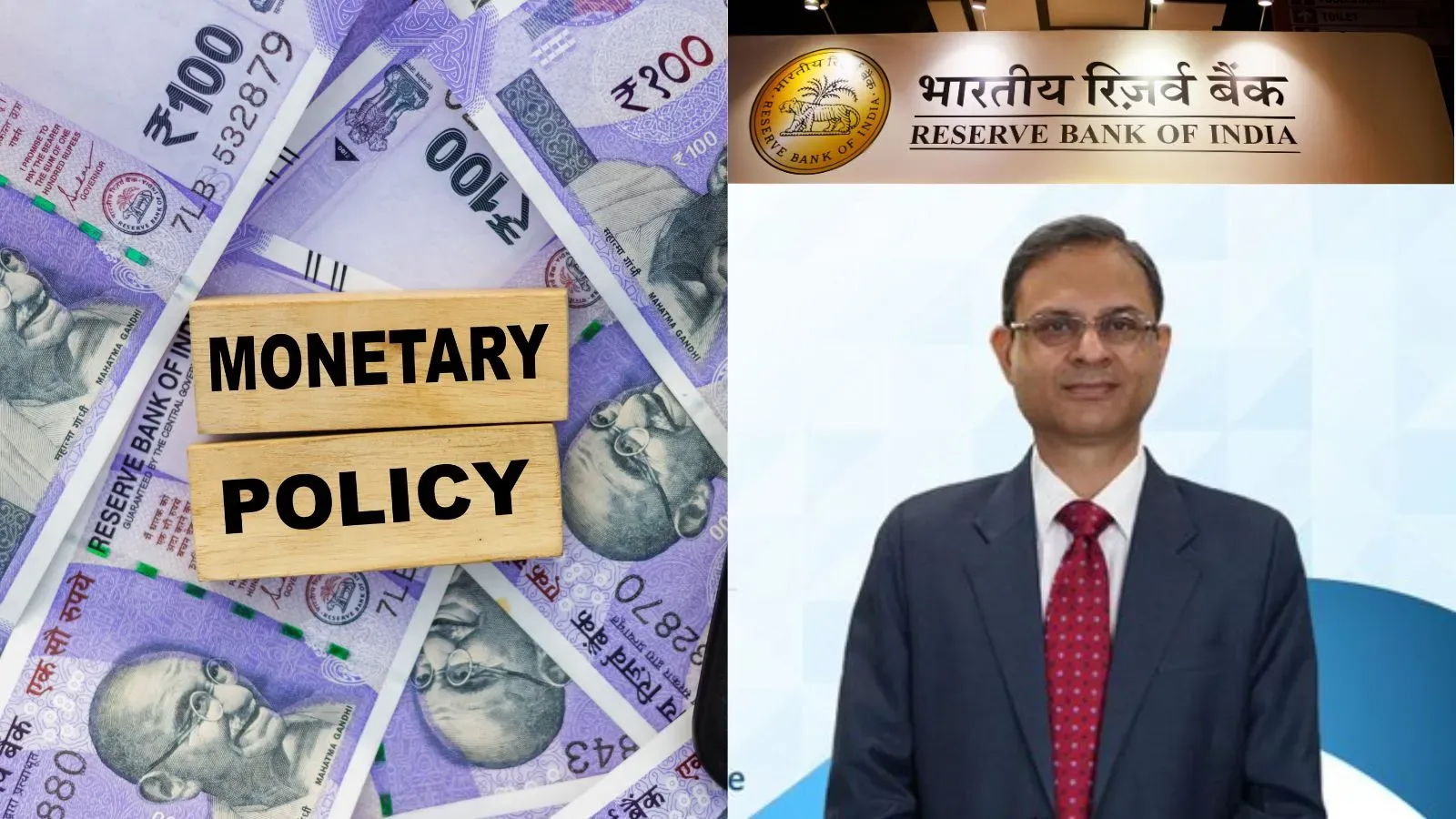Business News
Indian healthcare sector poised to reach $650 billion by 2025, AI to bridge gaps: Report

3 min read | Updated on August 16, 2024, 19:38 IST
SUMMARY
The healthcare sector in India, which is expected to grow to $650 billion in value by 2025, needs to utilise AI at a mass scale to bridge gaps. India ranks 145th among 195 countries on the Healthcare Access and Quality (HAQ) Index and has a life expectancy of 68 years, much lower when compared to other developed nations.

AI in healthcare in the Indian market is set to reach $1.6 billion by 2025 and has a CAGR of 40.6%.
Healthcare, one of the largest sectors in India in terms of revenue and employment, is projected to touch $650 billion by the financial year 2025 from $372 billion in FY 2022. The sector witnessed a compound annual growth (CAGR) of 21.6% between 2016 and 2022, said a report published on Tuesday, August 13.
The government allocated a budget of $10.91 billion at 2.5% of the GDP for the healthcare sector for the fiscal year 2024-25, an increase from 2.1% of GDP. Public spending was boosted due to initiatives such as Ayushman Bharat.
At the same time, artificial intelligence (AI) in healthcare in the Indian market is set to reach $1.6 billion by 2025 and has a CAGR of 40.6%, said the Nasscom-Kantar report titled “Advancing Healthcare in India: Navigating the Transformative Impact of AI.”
Gaps in healthcare and the “Iron Triangle”
Despite showcasing steady growth, the healthcare sector in India is marred by significant gaps such as inadequacy of infrastructure, lack of skilled healthcare professionals and unaffordability due to high out-of-pocket expenditure, which constitutes 54.8% of total healthcare spendings, the study stated.
As per the report, while India's life expectancy continues to be shorter than other developed countries, standing at 68 years as of 2022, its mortality rate of 9.1 deaths per 1000 people per year is comparable to that of other leading nations. However, the country is increasingly facing higher death rates due to poor-quality healthcare rather than issues of accessibility or non-utilization of services.
India ranks 145th among 195 countries on the Healthcare Access and Quality (HAQ) Index. The reason for the low ranking according to the report is the “Iron Triangle” of low access, cost and quality. Indian healthcare organisations struggle to balance between the three interlocking factors and focusing on one of them, say quality, has a negative impact on the other two.
AI to bridge gaps
To break the “Iron Triangle” and simultaneously reduce cost, enhance quality and improve accessibility, there needs to be a mass-scale utilisation of AI technology, the report stated.
The study further states that AI solutions can be applied to various aspects of healthcare, including predictive analysis for targeted public health interventions, early disease detection, and optimising hospital operations. They can also help reduce administrative burdens and enhance teaching and skill development through advanced analytics. AI can be utilised to drive productivity, efficiency, and deeper domain expertise across all segments.
“The AI maturity remains low for the Indian healthcare sector due to lower AI integration, a focus on PoCs (proof of concepts), insufficient budget allocation and a lack of a formal risk assessment and monitoring,” the report said.
While 23% of AI companies have an ad-hoc AI budget, a significant 52% have no budget planned or allocated for AI.
“Drug Discovery and Development, Clinical Trials, and AI Imaging and Diagnostics are top themes seeing high penetration of AI in the Indian healthcare sector,” the study further stated.
According to the report, while more than two-thirds of pharma and life science firms in India have adapted AI, 82% of them have implemented small scale and intend to scale up in 2024, with 12% having already integrated AI into functional processes.
To boost the AI ecosystem and further promote the vision of making AI work in India, the cabinet of India approved a budget of $124.46 million for the national-level IndiaAI mission.
By signing up you agree to Upstox’s Terms & Conditions
About The Author
Next Story

